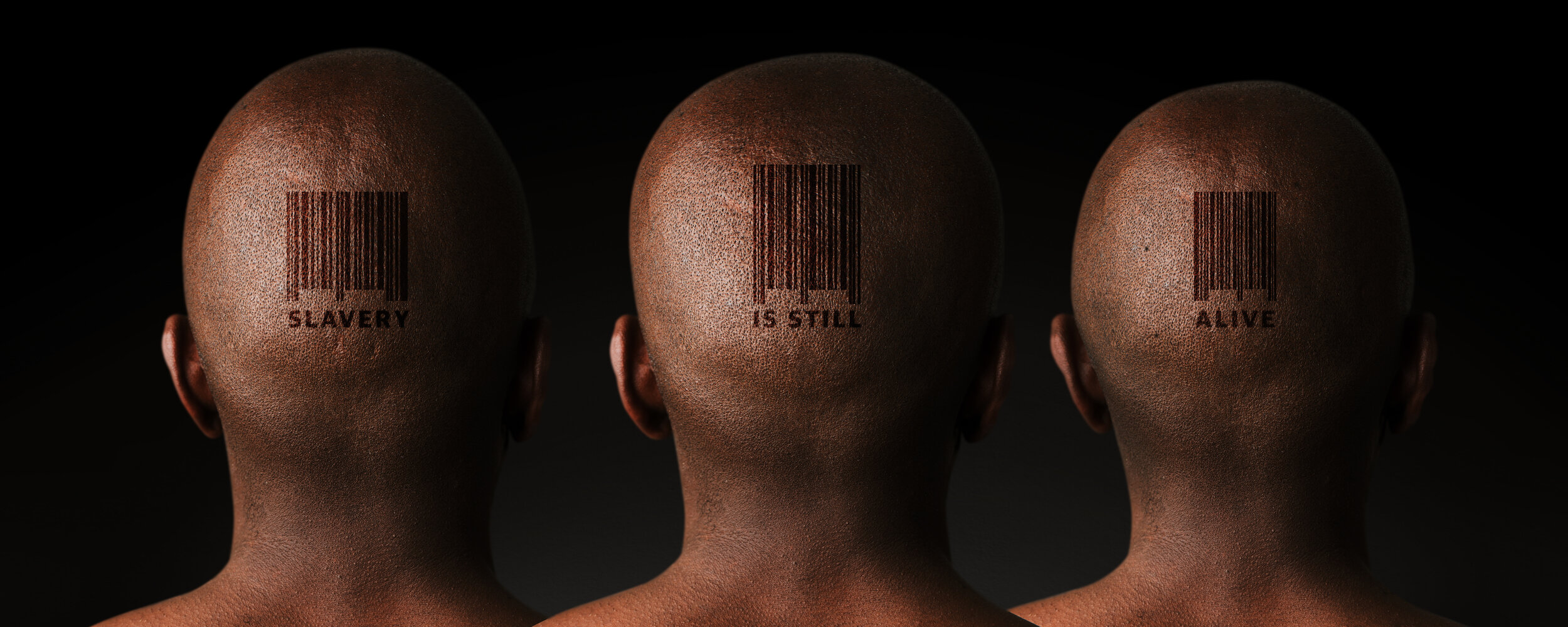Since I touched upon the subjects in May 1998, my emphasis has been on education and mentoring for the incarcerated and those with brain illness. But will they work? They seem to be working now, but that is the question that I ask now. Why? Because news sources such as the New York Times point out to us that slavery still exists in the US, and, to my mind, it is easy to come up with a crime – such as driving while black, walking while black, or just being black (Wikipedia) – to grab these guys off the street and put them into prison, mentored and educated or not. Even in the 13th Amendment to the US Constitution which abolished slavery in 1865 put in wording that said, essentially, that slavery is abolished unless the person is in prison:
“Neither slavery nor involuntary servitude, except as a punishment for crime whereof the party shall have been duly convicted, shall exist within the United States, or any place subject to their jurisdiction.”
Lester Holt recently did a piece on Angola Prison on NBC Nightly News where these things could be seen for themselves. He spent two nights in the prison and worked the fields harvesting carrots while doing research for his report called “Justice for All.”
So, where do those with brain illness fit in? Alisa Roth, a journalist and author of Insane: America’s Criminal Treatment of Mental Illness (2018), says they were moved back and forth from prison to hospital and back again throughout US history. Offenders were called “miscreants” meaning wrongdoers, villains. During my time in the hospital (1970s – 1980s), violent patients were released with no support or preparation to live on their own. At Trenton Psychiatric Hospital, a judge would just have the hospital open the door – to the maximum-security facility – and set them free. So, inevitably, they committed crimes and were then arrested and put into prison. I was fortunate to have a support system.
Wikipedia tells of the early days of Greystone Park Psychiatric Hospital in Morris Plains, NJ (circa 1876).
“Patients worked on the farms growing and raising food and performed hard labor tasks in the clearing away of building debris, excavating for roads, and sodding grounds… It was a widely popular belief that putting the insane to work in certain circumstances was beneficial to both the patient and the institution.”
Nowadays patients no longer do back-breaking work and are paid minimal amounts for their work to avoid the issue of slavery, but their families, children are taken away from them in more than one case.
All of this needs to be addressed.
